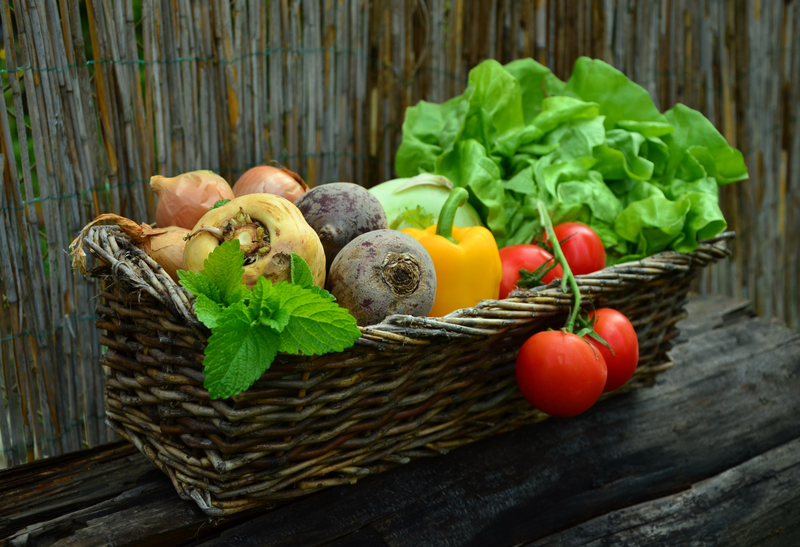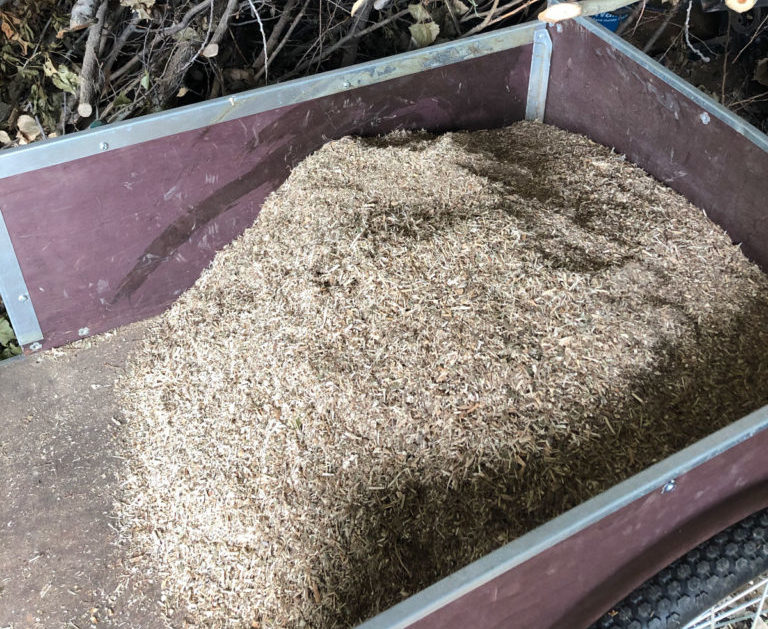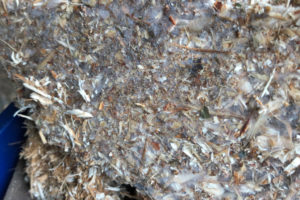Grow Your Own Nutrition: Jon Frank on Minerals, Biochar, and Ramial Chips
This article is based on an interview of Jon Frank conducted by Joanna Campe.
Nutrient dense foods are an essential component to a healthy diet, yet they can be difficult to come by. To address this issue, Jon Frank founded Grow Your Own Nutrition, a program focused on consulting people on growing their own nutrient dense foods wherever they are. This user-friendly program can be applied to any soil type. In an interview with Joanna Campe, Frank explained the methods he used to create this program, as well as the importance of soil fertility.
Dr. Reams and plant energy
Dr. Carey Reams developed the Reams Biological Theory of Ionization, which proposes that “life is the basis of energy, energy is 7the basis of matter.” Based on the teachings of Dr. Reams, Frank’s program has focused on feeding the soil, feeding the plant, and feeding the leaf. This method can be done organically while keeping up the energy of the plants to sustain them through the growing season. Along with these methods, he has found a way to create a gardening program incorporating the teachings of Reams in a simplified manner without compromising the results in nutrition. He has found success in keeping plant energy up through a threefold application of mineral blends, biochar, and ramial chips.
First defined by Professor Gilles Lemieux, ‘Ramial wood’ “refers to twigs having less than 7 cm in diameter. They contain soluble or little-polymerized lignin, the base for soil aggregates and highly reactive humus.” Since these twigs and branches were previously seen as trash, they were usually burned, buried, or discarded. However, Lemieux’s pioneering approach to ramial chips allowed reuse of the material that is based in the science of soil fertility.
Minerals and microbial digestion
When applying the mineral blends, the minerals need to be at the right ratios and levels in the soil to produce the best nutrition. This can be done through ‘microbial digestion.’ Limestone, for example, can be broken down to create minerals needed in the soil. When limestone is added to the soil, the goal is to provide available calcium. Microbial digestion turns the calcium carbonate into available calcium.
Frank explains that in order to gain the full spectrum of nutrients in the soil, a blend of major, secondary, trace, and rare earth minerals should be included. This blend is important for the soil since clay-based rock powders and ocean products will provide different, but essential, nutrients. The ocean-based products provide iodine for the soil while the rock powders provide silica. However, more rock powders than ocean products should be incorporated. He adds several other products as well, such as “Summa Minerals, Planters II, Azomite, high paramagnetic basalt rock powder, and Spanish river carbonatite.”
Balancing calcium and potassium
In addition to these minerals, compost can be added to keep the energy of the plants sustained throughout the growing season. However, while compost can be useful in sustaining plant energy, Frank warned that compost can also be detrimental in terms of quality since the higher levels of potassium present in compost can result in a weaker, watery Brix reading.
In the early years, Frank recommended an emphasis on calcium over potassium to get nutrient dense foods. Over time, his views have evolved. “Ongoing composting is not good when there is too much calcium and not enough potassium, which leads to growing low Brix organic food. You need to build the calcium up correctly to earn the right to use compost. The emphasis is on calcium with a steady supply of potassium at the right levels and ratios for nutrient density.”
Biochar and ramial chips
Frank made clear that biochar does an excellent job of attracting nutrients to it. He found that more carbon was present in the soil when biochar was added, which led to better soil. “Biochar is a carbon magnet that attracts more carbon, nitrogen, microbes, and electrical charge. You end up with better soil which ‘holds energy’.”
In addition to biochar, ramial chips soften the soil and can make the soil more productive. They are also incredibly versatile since they are able to be used in both tropical and temperate environments. This combination of minerals, biochar, and ramial chips serves as the basis of Frank’s Grow Your Own Nutrition garden program and can be tailored to each soil type.
Why remineralization?
Since Frank’s program heavily focuses on soil fertility, he argues for the importance of remineralization, despite the criticism it has received from other scholars in the field, such as Dr. Elaine Ingham. While Dr. Ingham claims that the soil should already have all the minerals it needs, Frank says that in practice, this is not always true.
“When you have an outcome where you’re looking at things like Brix, you can quickly find out that if you try to just do some compost tea and only provide inoculation without minerals, you come up really, really short in terms of quality. So, having a refractometer can fix a lot of arguments of ‘all you need is compost tea or a little bit of compost in inoculating and that’s it, or maybe some little wood chips.’ It is not. You’ve got to put the minerals in if you want success in any real sense.”
Frank recommended some books for further research, including Bread from Stones by Julius Hensel, Bread and Roses from Stones by Jack Gaerity, and Clean Culture by Sampson Morgan.
For Frank, the nature of available energy is boundless and shares a strong relationship with minerals throughout the world. “Earth is full of geological resources that are just waiting to be used, and the mining industry or forest industry in this case or the industries related to the ocean have a lot to offer agriculture. And I don’t feel like there’s any scarcity of minerals on this earth. It’s just a scarcity of stewardship or a lack of wisdom to apply that stewardship, and there’s really no shortage of energy either.” His applied stewardship equips Grow Your Own Nutrition to promote methods and practices based in science and encourages everyone to be active in improving their own nutrition.
Autumn VanBuskirk is a student at the University of Texas at Tyler who is working towards her BA in English with a minor in Language and Technology. She plans to work towards an MA in English with a focus in rhetoric and composition. She writes and publishes poetry, news articles, and academic essays. Currently, she is an editor for a literary magazine and a writing tutor for the University of Texas at Tyler. She wanted to find ways to learn more about the environment, so she became a volunteer science writer with Remineralize the Earth. She is excited to learn more about remineralization and its impact on the environment as well as improving the earth for future generations.
Support us on Patreon
Thank you for joining us today! Please become a member of RTE and support us on Patreon. Unlike many larger organizations, we work with a team of determined and passionate volunteers to get our message out. We aim to continue to increase the awareness of remineralization to initiate projects across the globe that remineralize soils, grow nutrient dense food, regenerate our forests’ and stabilize the climate – with your help! If you can, please support us on a monthly basis from just $2, rest assured that you are making a big impact every single month in support of our mission. Thank you!











Got something to say?